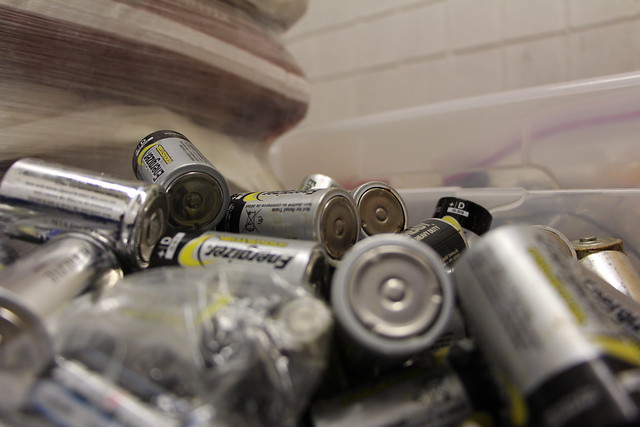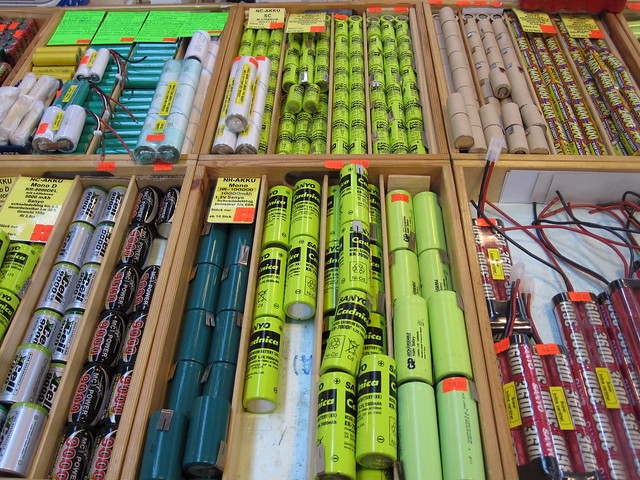18650 Li-ion Battery Datasheet
Jun 15, 2019 Pageview:2547
If you are looking for 18650 Li-Ion Battery datasheet of its characteristics, lifespan changing, and cost trend, then you have come to the right page.
Well, the 18650 is nothing, but the lithium-ion rechargeable battery and they are also known as “18650” cell. Plus, they are mostly used in electronics. These batteries are generally used in laptops, high-drain devices, and flashlight5s due to their superlative discharge rates and capacity. They come in a wide range of different styles.
There is no doubt that lithium-ion is one of the most promising chemistry for all batteries. Plus, Li-ion manufacturers are doing their best to give quality to the world. Here, we are going to provide 18650 Li-ion battery datasheet you’re looking for. So, let’s begin…
18650 Li-ion Battery Datasheet of Battery Characteristics
There is no doubt that Lithium-ion batteries have so many advantages over other types of batteries available out there.
· Shape
Flat and thin sheets of metals that compromise the cathodes and anodes of the cell are piled one on the other and also, rolled tightly together just like a jelly-roll. When the battery is in charge mode, Li-ions are moved between these layers in one direction. When it is in discharge mode, the ions moved in the opposite direction between these layers.
The tight roll of cathodes and anodes is further packed into a hard steel cylinder with a top that is open and eventually, capped with the pole (positive) and sealed. On the other side, li-po or lithium polymer cells can be in various different shapes.
· Size
The standard size for the 18650 Li-ion batteries is 18.4 mm in diameter and 65 mm in height. Have you ever held the battery in your hand? If so, then you have noticed that it is in the same shape, but a quite larger as compared to the AA battery. Cylindrical lithium-ion batteries follow the same basic standards and nomenclature.
· Packs
When it comes to lithium-ion battery packs, it is crucial for the manufacturer to distinguish between a battery and cell. A cell becomes an individual and loose 18650 without protection and on the other hand, a battery is a larger whole. Plus, a battery compromises many cells along with the protective circuit (central PCB) just like battery management system (BCM).
However, all 18650 cells are eventually sold into a battery pack or battery. The protective circuitry of the battery comes with remarkable features such as load balancing and overcharges protection.
· Specifications
When it comes to 18650 cells, the two most remarkable specifications are capacity that is measured in milliamp hours (mAh) and maximum continuous discharge that is measured in amperes (A). Also, keep in mind that high-capacity batteries come with low maximum continuous discharge. On the other hand, high-amp batteries come with a low capacity. Generally, highest-capacity batteries are ~3500mAh and on the other hand, 30 A as highest-amp batteries.
· Voltage
Generally, 18650 cells are rated at 3.6, 3.7 and 3.55 volts. All these ratings are the same and it is just the average voltage during a full discharge. The full voltage range for 18650 cells is between 2.5 and 4.2 volts. Also, it is recommended to avoid going below three volts.
Wondering why? Well, going below or going above while discharging or charging can result in fire, heat generation or explosion.
18650 Li-ion Battery Datasheet Of Lifespan Changing
There is no doubt that lithium-ion batteries are making the world to think about differently i.e. reuse the battery instead of disposing it.
You might be surprised to hear that even dead lithium-based batteries contain quite useful materials such as aluminum, copper and other rare-earth metals. Thus, it is good for our environment for reusing these metals instead of disposing them.
But, the main concern is when it’s the right time to recycle lithium-ion batteries. Well, when it comes to rechargeable batteries, type of lithium-ion last longer. Most of 18650 cells or batteries are rated within the range of 300 to 500 cycles. This all means that the call is capable of charging up to 4.2 volts and discharging down to 2.5 to 2.8 volts. When 18650 battery or cell reaches the end of their life, the performance loss is quite fast and sudden.
Here are some symptoms that help you know that your battery is reaching its end of life:
· It has a high self-discharging rate. For instance, you end up finding yourself recharging it in the morning as it eventually lost the voltage or power overnight.
· It gets quite hot when discharging or charging.
· You are using it for over 2 years.
· It is capable to hold only <80% of rated capacity.
Plus, anything that put stress to the battery will eventually change their chemistry negatively and also, it leads to shortening their lifespan.
· Under-charging or over-charging
· Charging in the freezing temperature.
· Discharging continuously at unrated amperage.
Keep these things in mind when you are using a lithium-based battery and this will also help you to enhance the battery life without much hassle.
18650 Li-ion Battery Datasheet of Cost Trend
According to many studies, over 40% of the batteries all over the world are lithium-ion. Plus, the 18650 battery or cell is most widely produced and used lithium battery types because it is found in various applications, which include laptops, robots, vaporizers, power-tools, solar grids and many other applications that store electrical energy.
At present, the cost to produce and manufacture a 18650 Lithium-ion battery has dropped from $10 (for ~1500mAh) to $2 (for ~3000mAh). As the cost of the 18650 Lithium-ion batteries is continue to drop and that’s why new applications are capable of using the technology.
Also, according to various recent studies, an 8% enhancement to Lithium-ion battery capacity and safety notices year after year. This improvement is expected to continue for many years to come.
- Prev Article: Lithium Battery Inverter
- Next Article: Waterproof Lithium Battery Understanding
Leave Message
Hottest Categories
-
Hottest Industry News
-
Latest Industry News











